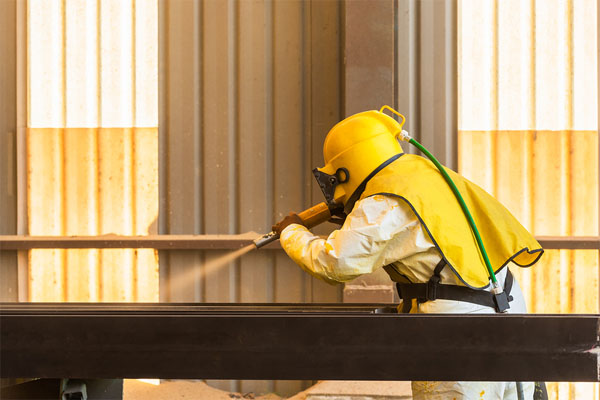News
Is abrasive blasting eco-friendly?
When you need to remove paint, rust, or other substances from industrial equipment, can be exceptionally effective. However, if you work for a company that’s keen to minimize its impact on the environment, you may be worried that the process lacks green credentials. So, Is abrasive blasting eco-friendly?

Abrasive blasting
In 1999, traditional sandblasting was banned in the UK because the silica in the sand was found to be carcinogenic, causing concerns about potential health risks and environmental damage.
If you’re considering using an abrasive blast cleaning method today, you can choose from a range of options. These include shot blasting, grit blasting, and soda blasting. Each works in a similar way to sandblasting but uses different materials and, while all abrasive blast cleaning methods have disadvantages and advantages, they’re more eco-friendly and sustainable than you might think.
Type of abrasive blasting
- Shot blasting is the most abrasive method of the three listed, but that doesn’t mean it isn’t eco-friendly. In fact, it can cause less damage than traditional liquid cleaners. The process uses round steel shot or glass beads, so you won’t need to dispose of solvents or other chemicals. Almost all the shot can be recycled when you’ve finished, making it a sustainable and cost-effective option.
- Grit blasting can create a lot of mineral dust, which isn’t ideal for the environment or for people who breathe it. The solution is to use a closed blast cabinet, so you can reduce the amount of dust released into the air. You can also carry out grit blasting with biodegradable organic blast media, such as crushed walnut shells and corn cobs. What’s more, an enclosed abrading cabinet will enable you to recycle much of your blast medium, increasing the sustainability of the process.






